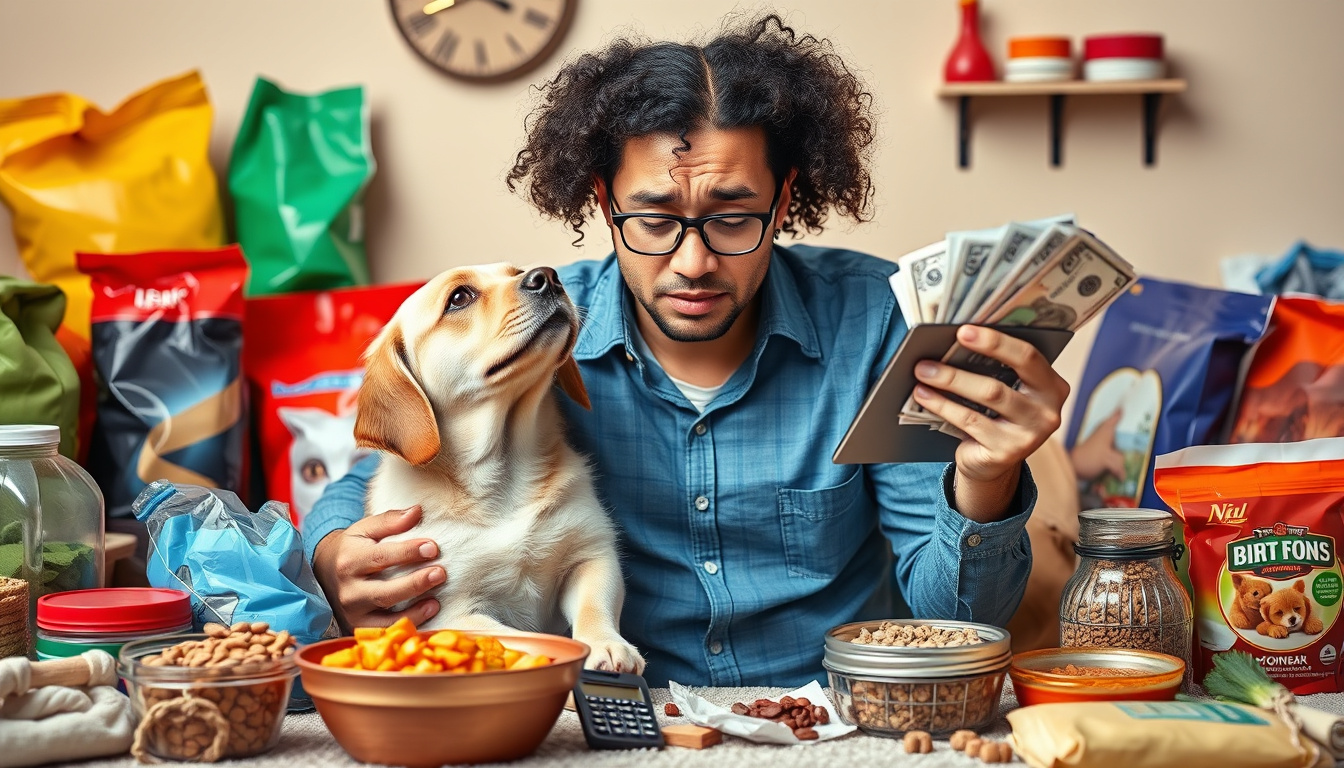
Rising Tariff Concerns Leave Pet Owners Feeling the Financial Pinch
Seattle, WA – A new Rover report shows that most U.S. pet owners worry. Tariffs may push up pet costs. Inflation tightens budgets. Fifty-two percent of pet parents fear that tariffs will raise pet product prices. Rover noted this in its "True Cost of Pet Parenthood Report 2025."
The Financial Burden of Pet Care
Pet care costs grow. Twenty-eight percent of pet owners say they struggle to buy needed supplies. Rebecca Greenstein, a veterinarian and Rover’s pet people panelist, outlines two facts: costs are rising, and love stays strong. She says, "While pet lifetime costs may be huge, the love they give is priceless." Rover estimates a dog’s average lifetime care cost at about $34,550 over ten years. A cat’s cost is around $32,170 over sixteen years. As pets live longer, costs will grow. The report predicts spending will jump by 85% for treats and chews, 11% for vet fees, and 183% for cleaning supplies because of inflation and tariffs.
Pet Ownership Priorities
Households feel the strain. Pet food and treats take up 69% of pet owners’ budgets. About 25% of owners now choose cheaper pet food and care options. Even with rising prices, 68% want quality products, and 20% still invest in high-end items. When budgets tighten, 34% say pet spending is one of the last cuts they make. Meanwhile, 33% reduce spending on groceries and entertainment to keep pet costs steady.
Canadian Pet Owners Face Similar Challenges
Canadian pet owners face rising costs as well. In Canada, lifetime expenses are higher. Cat owners may pay up to $73,585 over their pet’s life, and dog owners up to $53,935. Annually, cat costs range from $930 to $2,400. Dog expenses lie between $965 and $4,020, with food and treats being the largest cost. Over half (55%) of Canadian respondents prefer local pet products, even if they cost more. That choice is stronger among dog owners (57%) than cat owners (52%).
The Path Forward
Tariffs and inflation make pet care more complex and expensive. Both U.S. and Canadian owners know the challenges ahead. Many are now planning budgets, cutting expenses elsewhere, and saving for pet needs. Greenstein advises, "Budget carefully, save appropriately, and focus on prevention with regular checkups and vaccines to ease costs over time." As pet care prices may keep rising, owners must balance quality, cost, and the care of their pets.
For more details, readers can refer to Rover’s complete "True Cost of Pet Parenthood Report 2025."
Stay tuned for more updates on pet food trends and tips for managing pet care.
contact mindful ai media creations here: mindfulaimedia@gmail.com

No comments:
Post a Comment